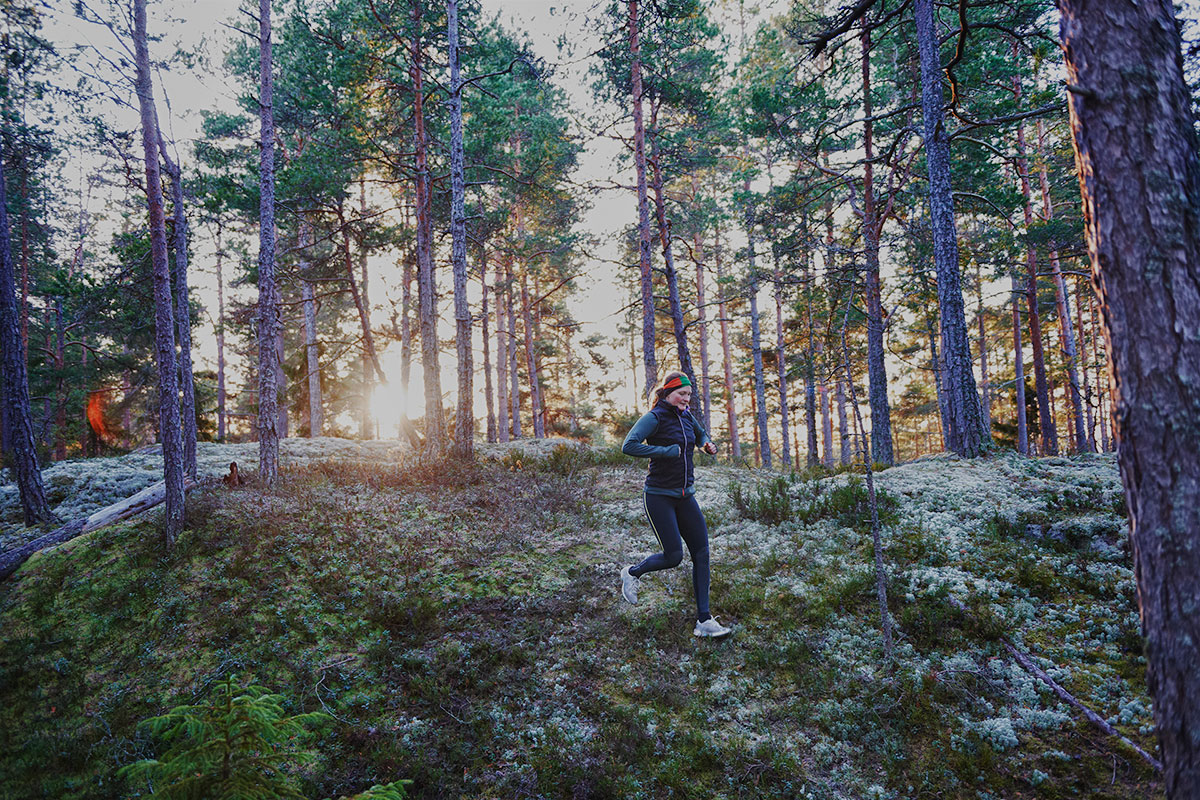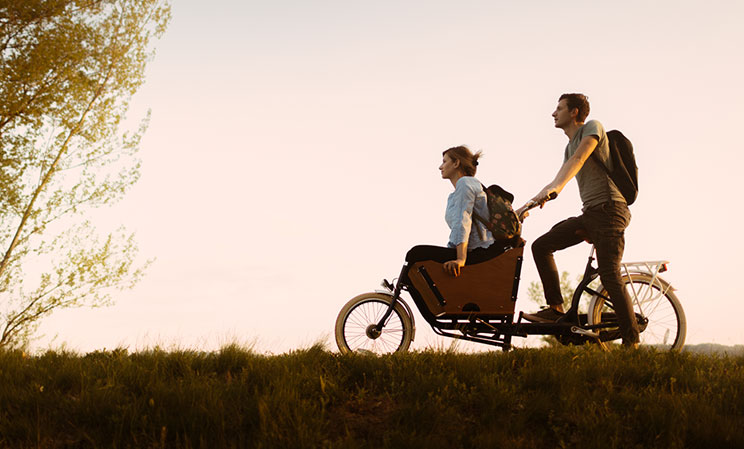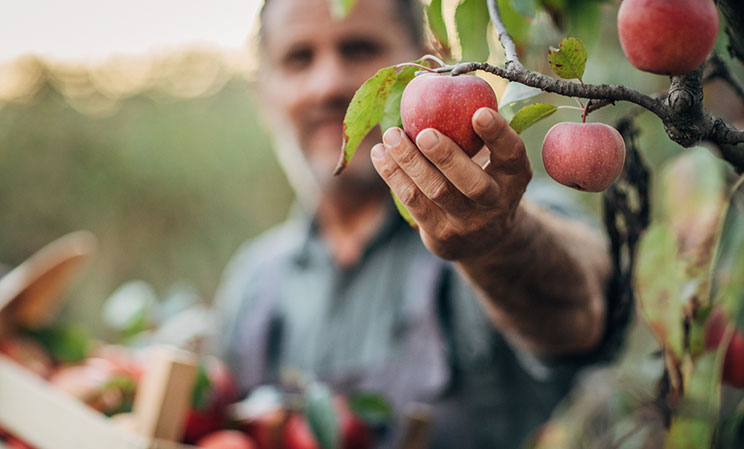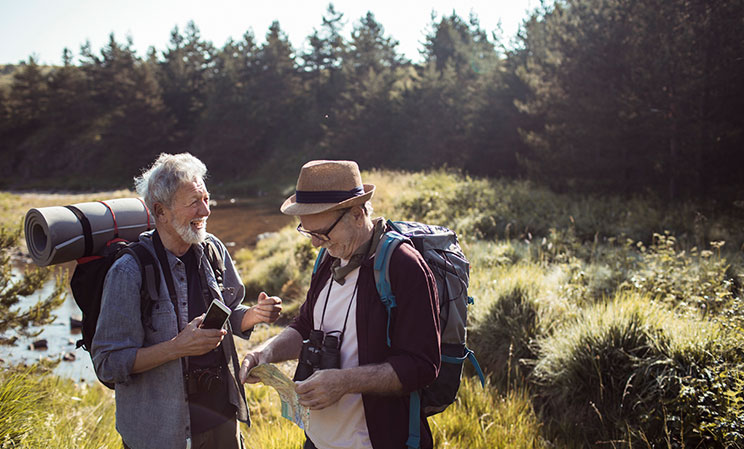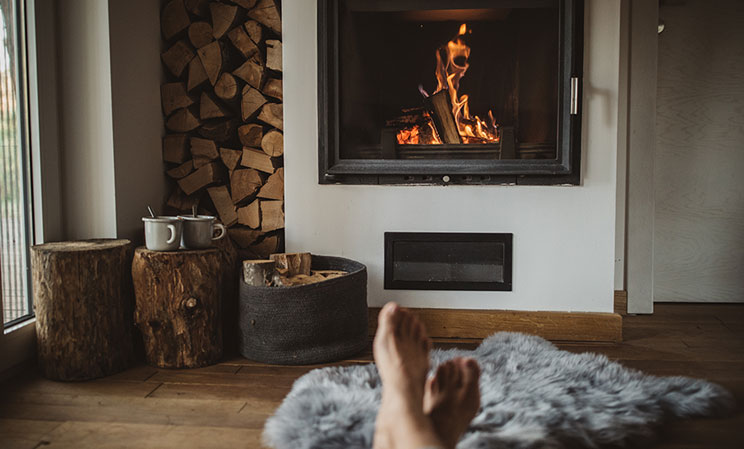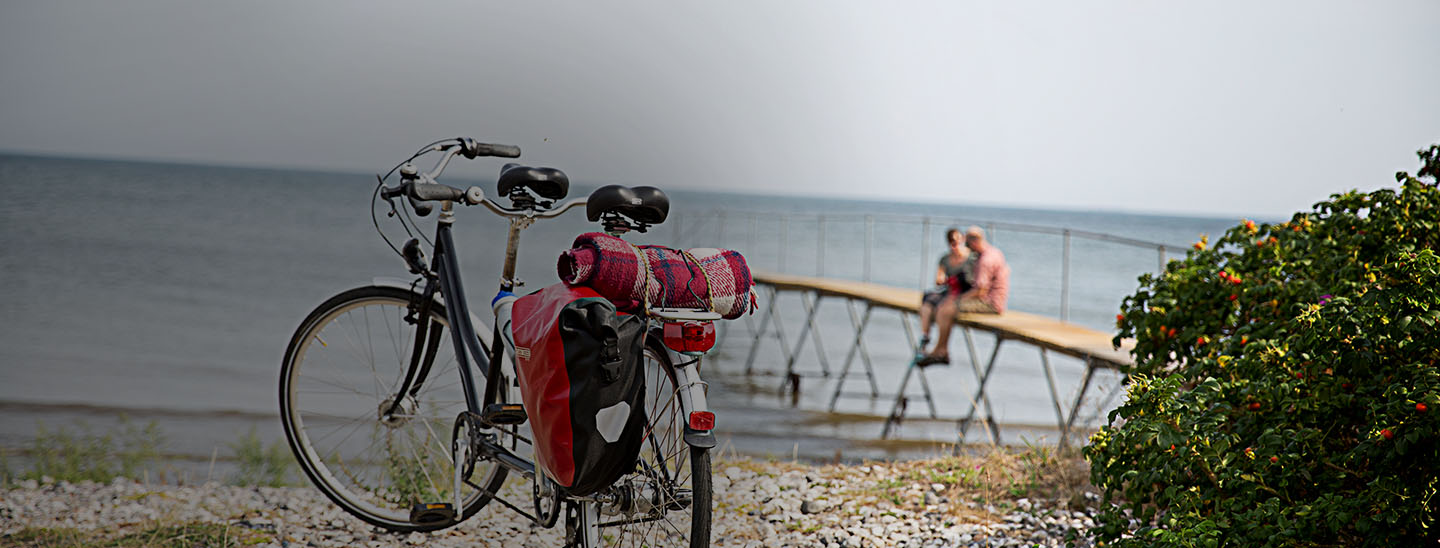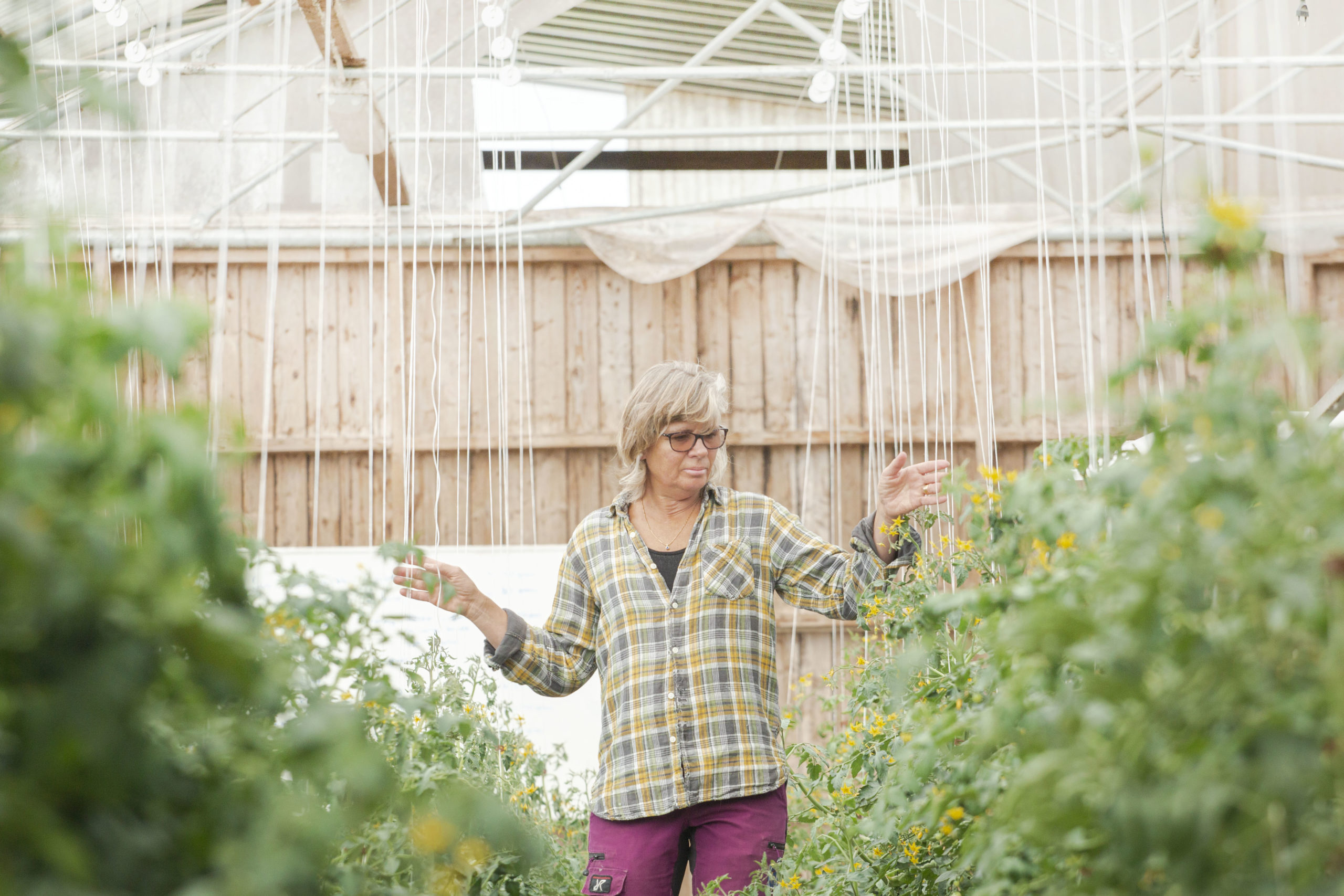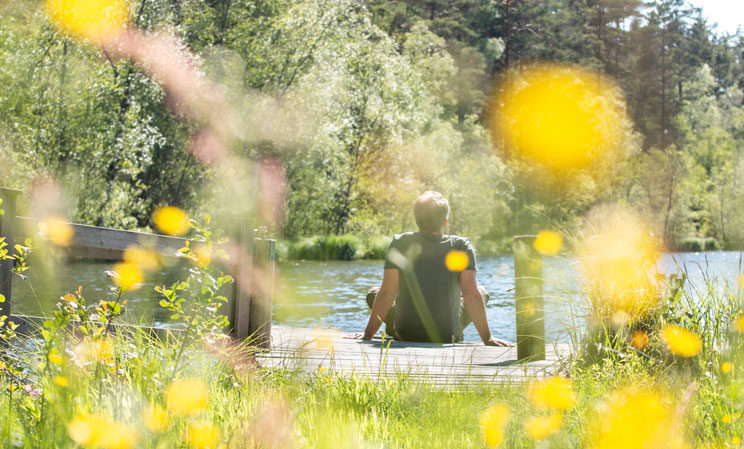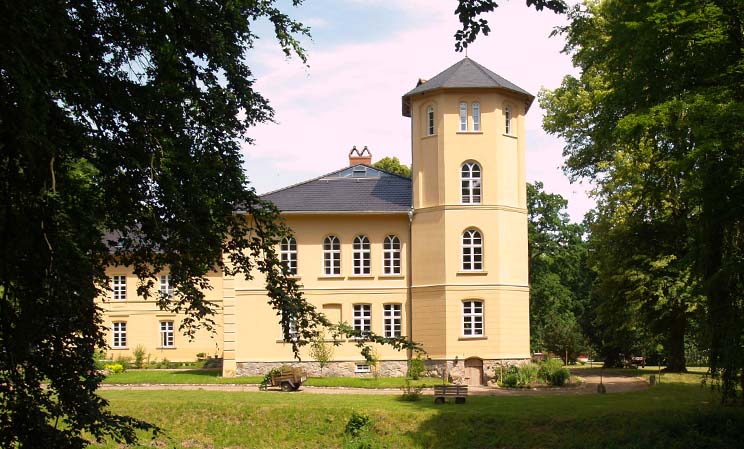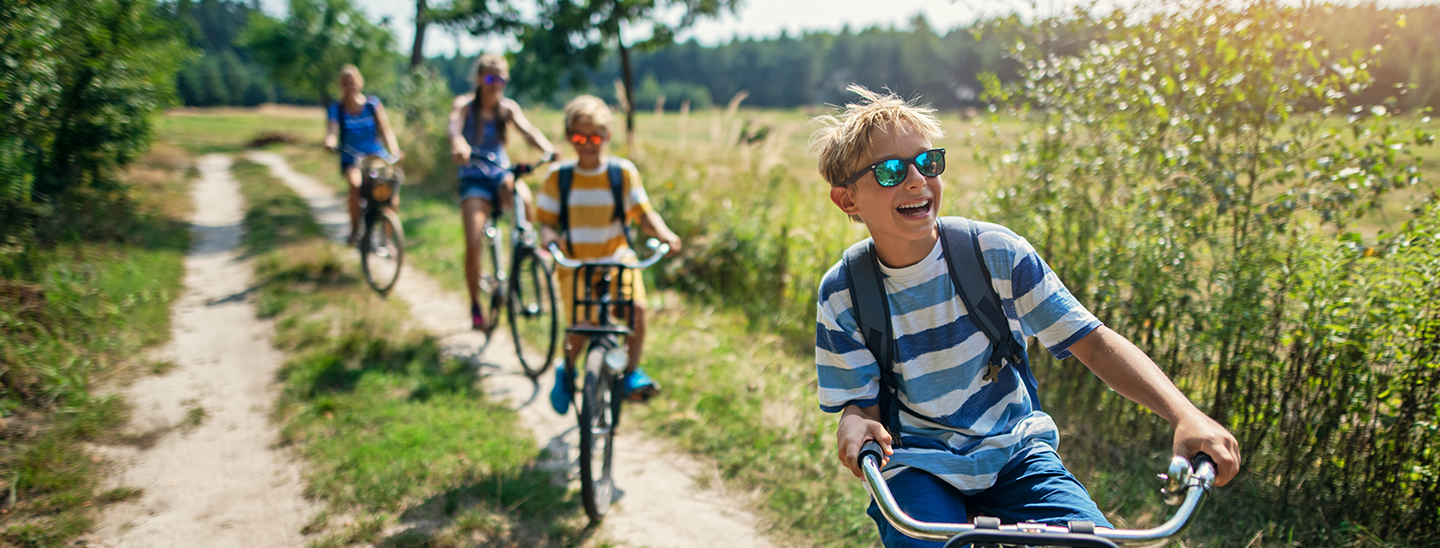
Introducing Wellbeing Tourism
What is Wellbeing?
Here follows an introduction of wellbeing tourism from the perspective of companies; what it is and why it is important.

Learn more!
Download the pdf “Introducing Wellbeing Tourism” to receive tips and to learn more on how to become a Wellbeing host.
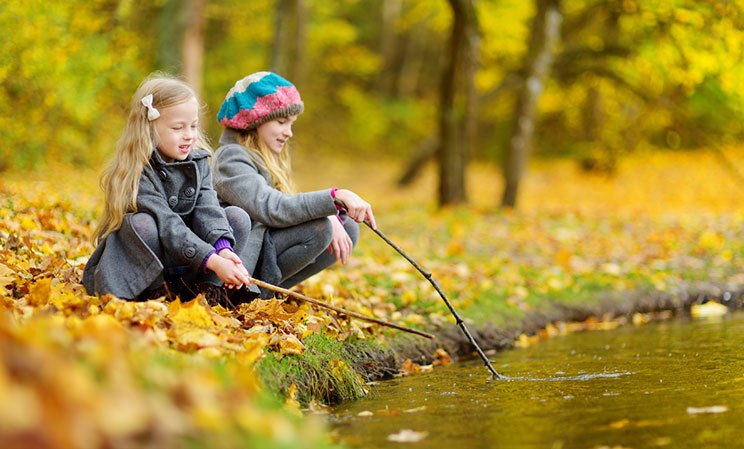
Definition of Wellbeing Tourism
Wellbeing Tourism is tourism that supports harmony and balance of body, mind, and soul for guests and hosts, in a sustainable interaction with the local community, and environment.
Intention. Wellbeing tourism implicates an intention to do good, to have a positive impact on people (guests and hosts), on the surroundings, on the planet, in the present, and in the future. When you do good, you feel good and develop a state of wellbeing.
A wellbeing host is aware, honest, kind, caring, and joyful.
Six Pillars of Wellbeing
Wellbeing tourism has six main aspects: environmental, social, economical, body, mind, and soul. They are presented here below with examples from tourism businesses and suggestions on changes towards increased wellbeing.
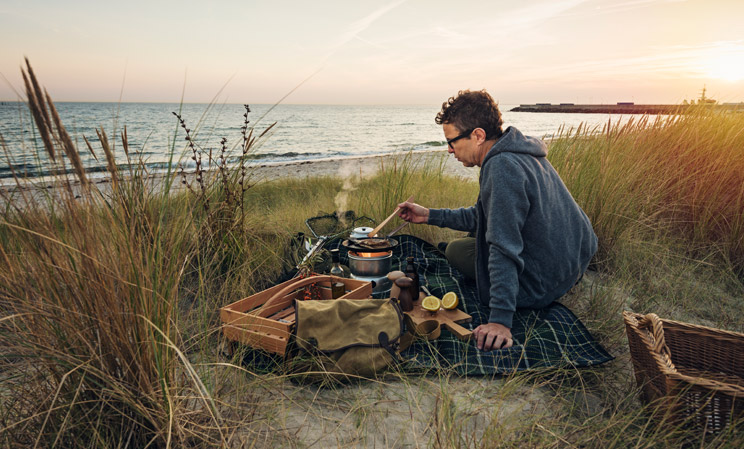
1. Environmental Wellbeing
What is environmental wellbeing?
Environmental wellbeing is about benefiting from planetary resources without compromising the function and health of the ecosystems. Taking responsibility for the environment includes actions like supporting conservation of the natural heritage and of biodiversity, limiting waste and avoiding pollution. Environmental wellbeing ensures regenerative ecosystems and sufficient natural resources for all, including non-human-beings, also in a long-term perspective.
How can it be achieved?
We all have an impact on the environment. The actions of your company matter. Acquire knowledge on how to be more sustainable and start systematically acting more environmentally friendly. Focus your effort on the actions that will be most effective. This could include minimizing waste, choosing biological degradable materials, using green energy, reducing transport, and limiting greenhouse gas emissions. Let your consideration permeate your entire business and inform about your actions to inspire others.
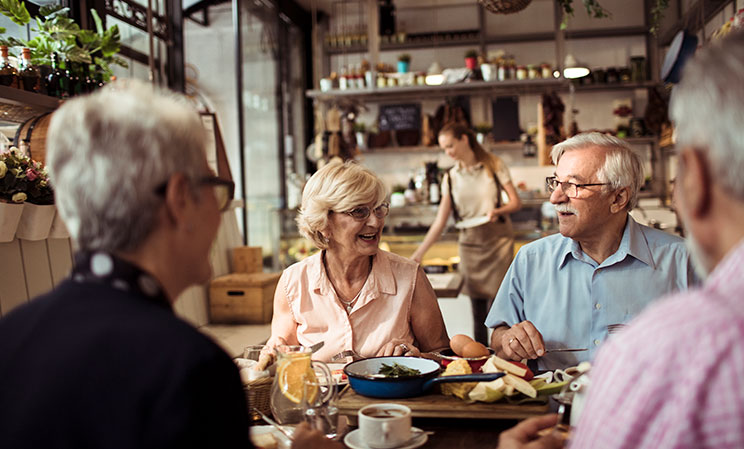
2. Social Wellbeing
What is social wellbeing?
Social wellbeing is about honoring human rights, individual freedom and integrity, showing equality and acceptance towards oneself and others, promoting intercultural understanding and contributing to community development and resilience. It implies a respectful management of local resources and caring for the local tangible and intangible cultural heritage. It involves collaboration and positive interaction with others, providing ethical and fair working conditions, and supporting local cooperation for the common good.
How can it be achieved?
Your attitude and actions can contribute to social wellbeing and a sustainable and vibrant society. You can for example connect to other companies and organizations to network and co-create. You can exchange knowledge, labour, products, and services. You can be open to support dreams of self-realization to improve the quality of life for guests and colleges. You can in general engage in positive interaction, take responsibility for others and for your community, and make everyone feel welcome and included.
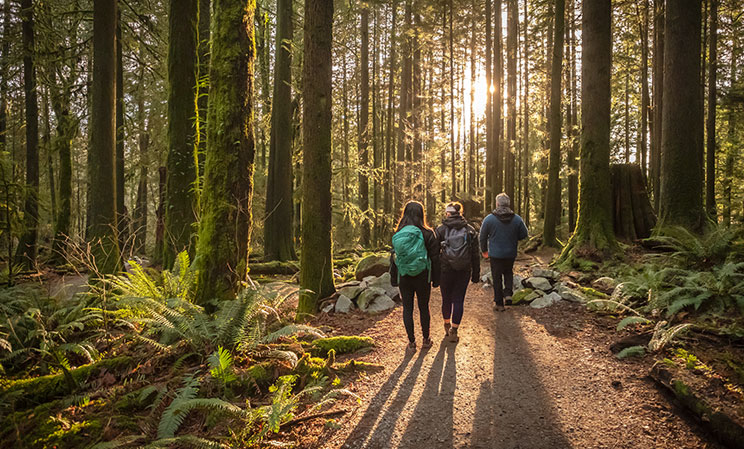
3. Economic Wellbeing
What is economic wellbeing?
Economic wellbeing builds on circular principles that ensures viable and long-term economic prosperity for companies and the society, while not compromising human health and ecosystem functionality. It benefits stakeholders and the community by contributing to the development of creative work environments, fair and empowering trades, and strong and positive relationships with other actors through co-creation, identification of mutual benefits, and sharing.
How can it be achieved?
Through economic wellbeing, you fulfil your own economic growth while supporting prosperity in society for instance through providing fair and stable income to your employees, creating jobs for the local community, supporting local suppliers, increasing number of guests through community and collaboration, and co-creating solutions for the community together with your stakeholders.

4. Wellbeing for the Body
What is wellbeing for the body?
Physical wellbeing is generated by activities and products that have positive effects on the body such as exercise, nourishing wholesome foods and adequate rest. This can result in increased vitality, resilience, immunity, and longevity. Wellbeing for the body can also be in the form of pleasure derived from gentle pleasant stimulation of the senses and touch. Experiencing physical pleasure may induce a state of relaxation and positive emotions such as joy.
How can it be achieved?
To achieve wellbeing for the body you may enjoy nutritious, healthy food and beverages, spend time in nature, exercise, get a massage or other treatments, relax, breathe fresh air, and it is also important to ensure enough sleep. Wellbeing is also the pleasure of the senses – soft fabrics, pleasant lighting, comfortable sounds, and nice smell, as well as joy, laughter, and love. Intimacy such as a hug has positive effects on the body’s chemistry, and make you feel great.

5. Wellbeing for the Mind
What is wellbeing for the mind?
Mental wellbeing is about our ability to manage the activity and state of our minds as well as our feelings. It is supported by a harmonious composition of words, colors, shapes, sounds and smells, as well as conscious breath and conscious movement. It improves the quality of our thoughts, has a positive effect on the character of our feelings, and on our ability to remain centered and lucid regardless of the external conditions. It brings calmness, serenity, clarity, ease, awareness, insights, inspiration, creativity, and optimism.
How can it be achieved?
Our minds are almost continuously engaged in thoughts and most of them are repeated. You can nourish your thoughts with new knowledge, storytelling, positive images, inspiring conversations and positivity from yourself and others. You can also give your mind a break to achieve wellbeing for the mind – try to pause the thinking for a moment and just be. This allows for new ideas, creativity, joy, easy decision making, and flow. Effective methods to reach a state of being are mindfulness and meditation.
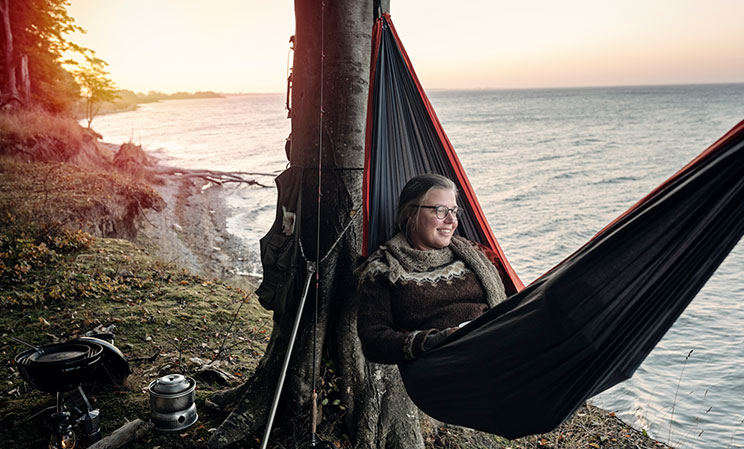
6. Wellbeing for the Soul
What is wellbeing for the soul?
Wellbeing for the soul, or inner wellbeing, is related to the connection to our essence, to life itself, and to the source of our creation. Delight for the soul is nourished by heart-felt connection and presence both with ourselves and with others, mental and emotional balance, being in nature, and moments of wonder. It can bring a sense of being connected to something greater than oneself and having a purpose in the world. It may also result in greater consciousness, a sense of love and self-worth, increased intuition, inner peace, fulfilment, compassion and bliss.
How can it be achieved?
You may understand your soul as your essence or true self. A part of you that is constant, no matter what thoughts, emotions and life circumstances you are experiencing. Expressing your true self, being heard, seen, and accepted just the way you are, nourishes the soul. You can connect to your soul when you feel unconditional love such as when interacting with children and animals, and when you experience a deep connection with others or the nature. It can also be when you do what you love the most and are in flow, forgetting about time and space.

Hosting values
As a host or provider of tourism products and services you are encouraged to follow these five hosting values to increase wellbeing to your customers. They are; being aware, honest, kind, caring and joyful. The hosting values are general relational values that are essential for creating harmony and balance.






